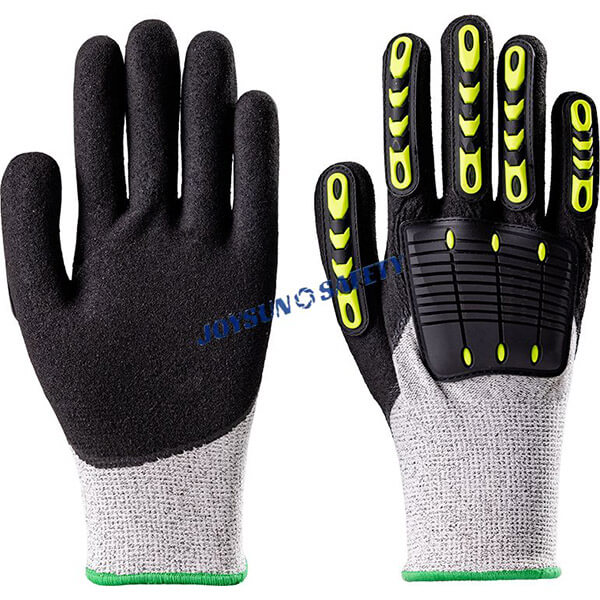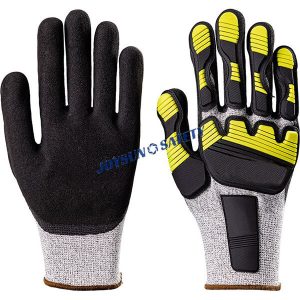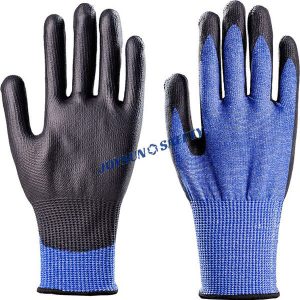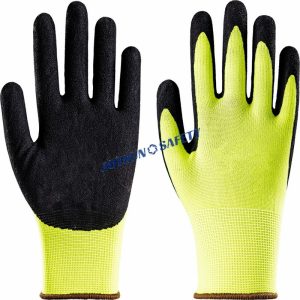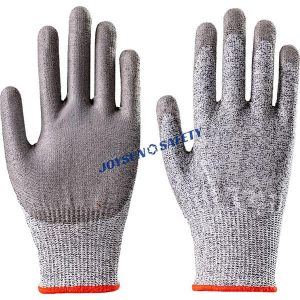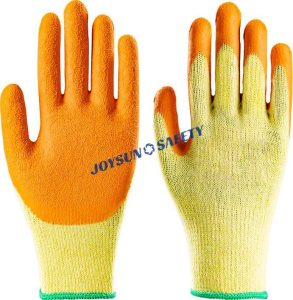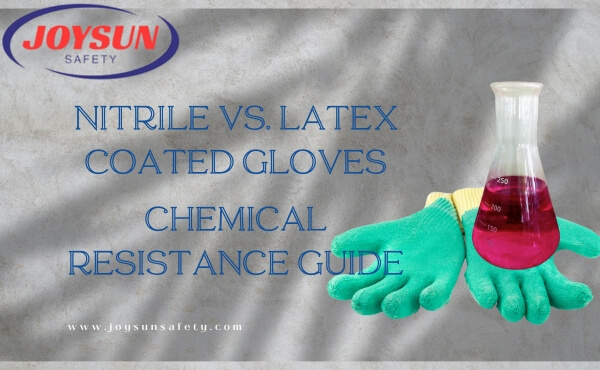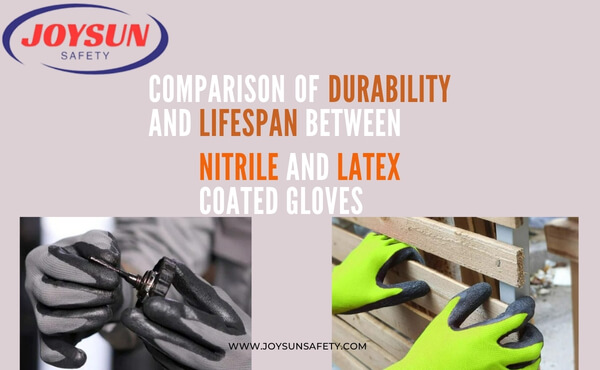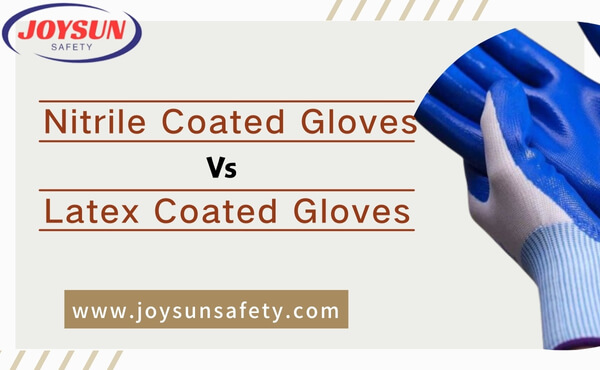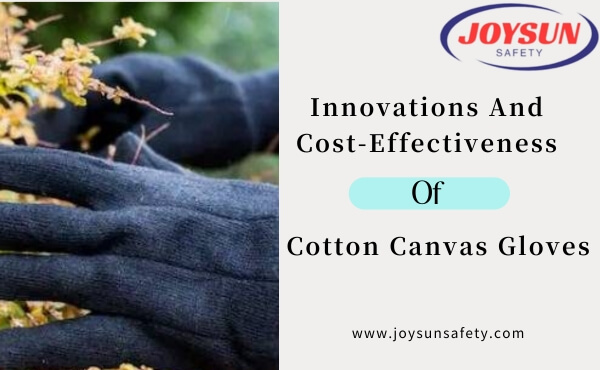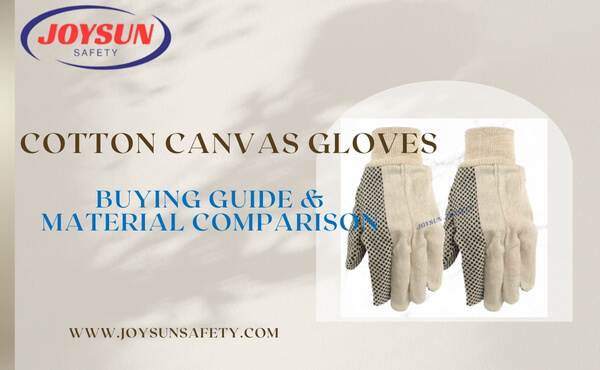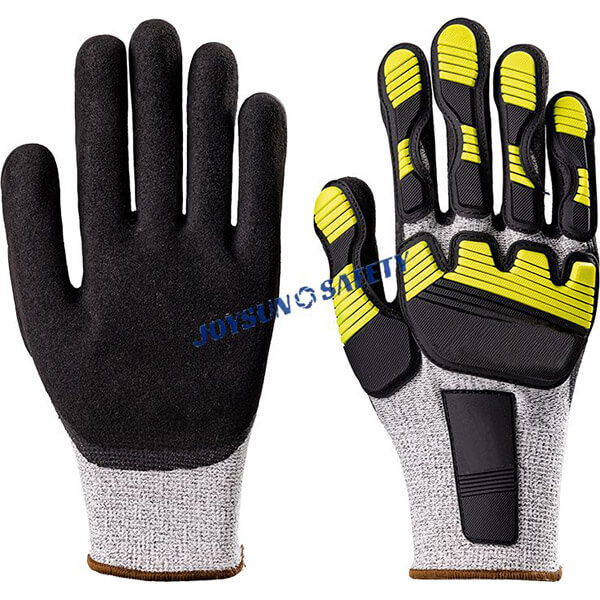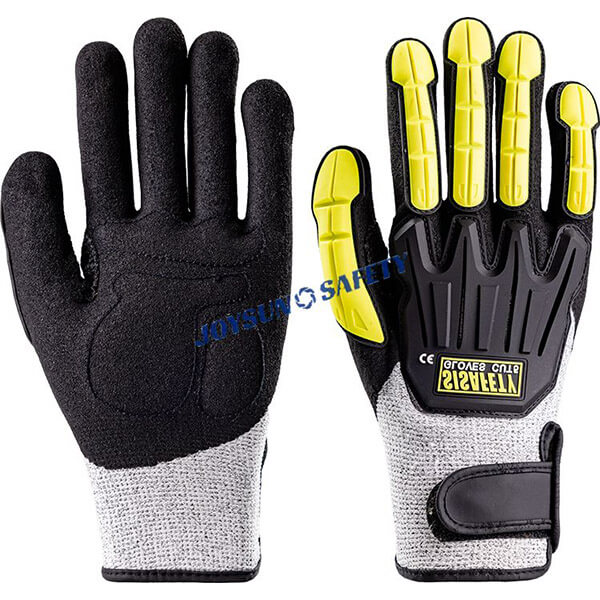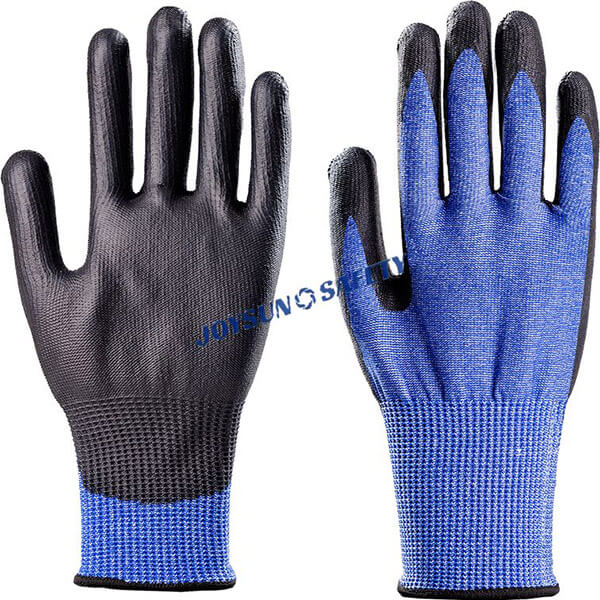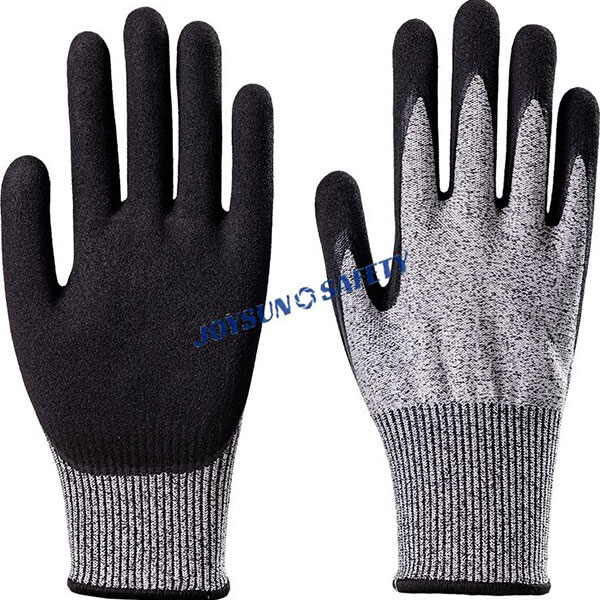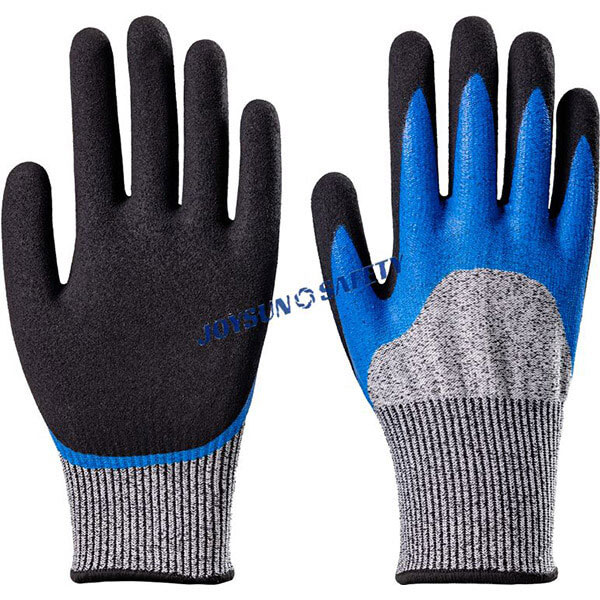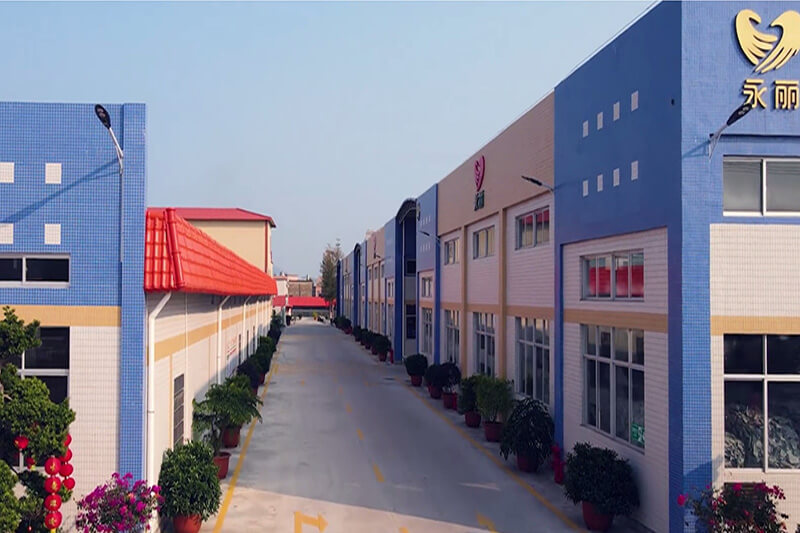Choosing the right cut-resistant gloves is crucial for protecting your hands from workplace hazards. With a variety of options available, it can be challenging to determine the best fit for your specific needs. This comprehensive guide will walk you through the essential factors to consider when selecting cut-resistant gloves for optimal safety and performance.
1. Understand the Cut Resistance Levels
Understanding cut resistance levels is crucial for selecting the right protective gloves. These levels are categorized by standards such as ANSI/ISEA (American National Standards Institute/International Safety Equipment Association) and EN 388 (European Standard). These standards indicate a glove’s ability to withstand cutting forces, ensuring the appropriate level of protection for various tasks.
- ANSI/ISEA Cut Resistance Levels
The ANSI/ISEA standard ranges from A1 (least resistant) to A9 (most resistant). Each level signifies the amount of cut force (in grams) the glove can withstand before penetration. The higher the level, the greater the protection provided.
- EN 388 Cut Resistance Levels
The EN 388 standard includes two testing methods: the older Coupe test and the newer TDM (Tomodynamometer) test. The Coupe test measures cut resistance in levels 1 to 5 using a rotating circular blade under a fixed load. The TDM test measures cut resistance in levels A to F using a straight blade under varying loads.
Choosing the Right Cut Level
Selecting the appropriate cut level ensures adequate protection. Refer to the safety data sheets (SDS) of the materials being handled to determine the recommended cut level for specific tasks. When in doubt, opt for a higher protection level.
Here is a table that helps users find the right gloves based on ANSI/ISEA and EN 388 standards, listing the applicable cut resistance levels, including the cut force range (grams) for ANSI/ISEA and the TDM and Coupe test results (grams and Newtons) for EN 388.
| Typical Applications | ANSI/ISEA Cut Level | Cut Force (grams) | EN 388 Cut Level | TDM Test Result (Newtons, ≈grams) | EN 388 Cut Level (Old Standard) | Coupe Test Result (Old Standard) (Newtons, ≈grams) |
| Light-duty tasks handling small parts | A1 | 200-499 | A | 2-4.9 (204-509) | 1 | ≥1.2-2.4 (≥122-245) |
| Assembly, maintenance, gardening | A2 | 500-999 | B | 5-9.9 (509-1019) | 2 | ≥2.5-5.0 (≥255-509) |
| Construction, metal handling, utility work | A3 | 1000-1499 | C | 10-14.9 (1019-1529) | 3 | ≥5.0-10.0 (≥509-1019) |
| Glass handling, sheet metal work | A4 | 1500-2199 | D | 15-21.9 (1529-2243) | 4 | ≥10.0-20.0 (≥1019-2039) |
| Automotive, heavy machinery | A5 | 2200-2999 | E | 22-29.9 (2243-3059) | 5 | ≥20.0 (≥2039) |
| Metal fabrication, recycling | A6 | 3000-3999 | F | ≥30 (>3059) | 5 | ≥20.0 (≥2039) |
| Aerospace, pulp & paper | A7 | 4000-4999 | F | ≥30 (>3059) | 5 | ≥20.0 (≥2039) |
| Extreme cut hazards | A8 | 5000-5999 | F | ≥30 (>3059) | 5 | ≥20.0 (≥2039) |
| Highest level of protection | A9 | ≥6000 | F | ≥30 (>3059) | 5 | ≥20.0 (≥2039) |
2. Evaluate Material Composition
The material used in a glove significantly affects its performance and comfort. Here are some common materials:
High-Performance Polyethylene (HPPE): This synthetic fiber provides good cut resistance, comfort, and dexterity.
Kevlar®: Renowned for its high heat and cut resistance, Kevlar is a strong and durable material.
Steel Mesh: Gloves made from steel mesh offer superior cut protection, especially against sharp edges and blades. However, they can be less flexible than other materials.
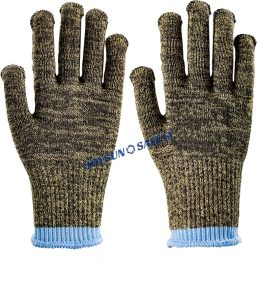 Glass Fiber: Offers high cut resistance but can be less comfortable for extended wear.
Glass Fiber: Offers high cut resistance but can be less comfortable for extended wear.
Composite Yarns: Many cut-resistant gloves utilize a blend of different fibers to combine their strengths. These composite yarns often incorporate HPPE, Kevlar, glass fiber, or other materials to achieve specific performance characteristics.
Nitrile, Polyurethane, or Latex Coatings: These coatings enhance grip, particularly in oily or wet conditions, and add a layer of puncture resistance.
Choosing the Right Material:
Consider the nature of your work and the required level of cut resistance. HPPE and composite yarns offer a good balance of protection, dexterity, and comfort for various applications. If extreme cut hazards are present, steel mesh gloves might be necessary.
3. Assessing Glove Construction
The construction of cut-resistant gloves plays a vital role in their overall performance and durability. Pay attention to these aspects:
Gauge: The gauge refers to the thickness of the glove liner, usually measured in numbers like 7, 10, or 13. Lower gauge numbers indicate thicker liners.
Knit: The knitting pattern affects the glove’s flexibility, dexterity, and breathability. Common knits include seamless, cut and sewn, and knitted.
Cuff Style: Choose a cuff style that provides a secure and comfortable fit. Options include knit wrist, safety cuff, and gauntlet cuff.
Choosing the Right Construction:
Consider the level of dexterity, comfort, and protection needed. A lower gauge and a seamless knit generally offer enhanced dexterity, while a safety cuff provides additional wrist protection.
4. Check Additional Features
Consider additional glove features that might be necessary for your specific tasks:
Grip: Gloves with textured or coated palms offer better grip in dry, wet, or oily conditions.
Dexterity and Flexibility: These are essential for tasks requiring precision. Choose gloves that allow sufficient movement for fine motor skills.
Comfort and Fit: Gloves should fit snugly without being too tight, ensuring comfort for prolonged use. Consider features like breathability and ergonomic design.
Heat Resistance: Necessary if working with hot materials.
Touchscreen Compatibility: Useful if you need to use touch devices without removing gloves.
Puncture Resistance: Offers additional protection if the task involves sharp objects that might penetrate the glove material.
Impact Protection: Some gloves incorporate impact-resistant padding on the back of the hand and fingers for added protection against impacts and crushing hazards.
5. Regulatory Compliance
Ensure the gloves meet relevant safety standards and regulations for your industry and region. This ensures both safety and legal compliance. Look for markings like ANSI/ISEA 105 or EN 388, indicating compliance with specific cut resistance levels.
6. Durability and Cost
Evaluate the durability of the gloves in relation to their cost. Investing in higher-quality, durable gloves can be more cost-effective in the long run, reducing the need for frequent replacements.
7. Trial and Feedback
Consider providing samples to workers and gather their feedback on comfort, fit, and functionality. This practical input can be invaluable in making the final selection.
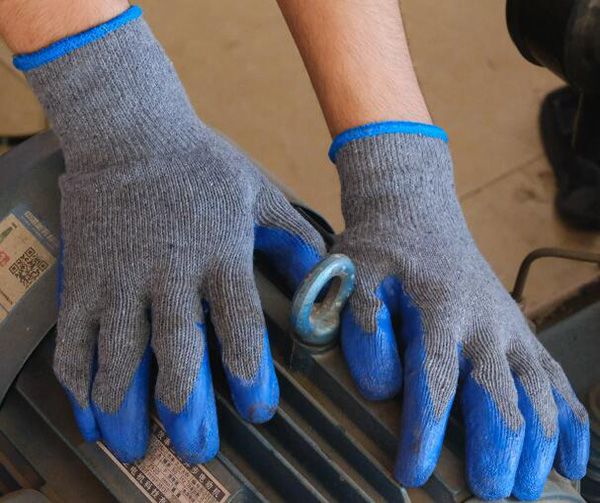
8. Product Recommendations from JoysunSafety
At JoysunSafety, we understand the importance of protecting workers from cut hazards. We offer a variety of cut-resistant work gloves for different needs and industries.
For Level 5 Cut Protection Gloves, consider our:
PUH003 Level 5 Cut Resistant Safety Gloves: These gloves offer exceptional cut protection for high-risk environments.
PUH004 High-Level Cut Resistant Gloves: Designed for demanding tasks, these gloves provide superior protection.
We also offer a range of other cut resistant work gloves, including:
NP016 Anti-Cut Work Gloves: An excellent choice for medium-duty applications, offering Level 5 cut protection and a comfortable fit.
NH006 Impact and Cut Resistant Gloves, NH007 Heavy-Duty Anti-Impact Gloves, and NH008 Tough Anti-Impact Work Gloves: Providing added protection against impacts and abrasions.
NH001 13-Gauge Anti-Cut Nitrile Gloves: Combining cut resistance with excellent grip in wet or oily conditions.
NH002 Anti-Cut Nitrile Work Gloves: Versatile gloves suitable for a wide range of tasks requiring cut and chemical resistance.
NH003 Cut Resistant Work Gloves: Providing reliable cut protection for general-purpose applications.
NH004 High-Level Cut Resistant Nitrile Coated Gloves: Combining high cut resistance with superior grip and abrasion resistance.
NH005 High-Grade Cut Resistant Nitrile Gloves: Offering exceptional durability and protection for demanding tasks.
NP016 Anti-Cut Nitrile Grip Work Gloves: Designed for superior grip and dexterity in oily or wet conditions.
Y005 Cut-Resistant Aramid-Steel Work Gloves: Providing maximum cut protection with aramid and steel fiber construction.
PUH001 Anti-Cut Mechanical Safety Gloves: Combining cut resistance with dexterity and comfort for mechanical tasks.
LC002 Cut & Puncture Resistant Work Gloves: Offering dual protection against cuts and punctures for enhanced safety.
Action Steps:
Assess Work Hazards: Identify the specific cut hazards and conditions of your work environment.
Determine Cut Level Requirements: Match the cut resistance levels to the identified hazards.
Select Materials: Choose materials based on the needed protection, comfort, and any additional requirements (e.g., grip, heat resistance).
Verify Standards Compliance: Ensure the gloves meet relevant safety standards.
Conduct Trials: Test gloves with workers to ensure they meet practical needs and gather feedback for the final decision.
Review Durability and Cost: Balance the quality and cost to choose the most economical option over time.
Conclusion
Choosing the right cut-resistant gloves is essential for protecting workers from hand injuries. By carefully assessing the hazards, understanding cut resistance levels, evaluating materials and features, and prioritizing comfort, you can select gloves that provide optimal protection and performance. Remember to seek expert advice, refer to safety standards, and prioritize worker safety above all else.

